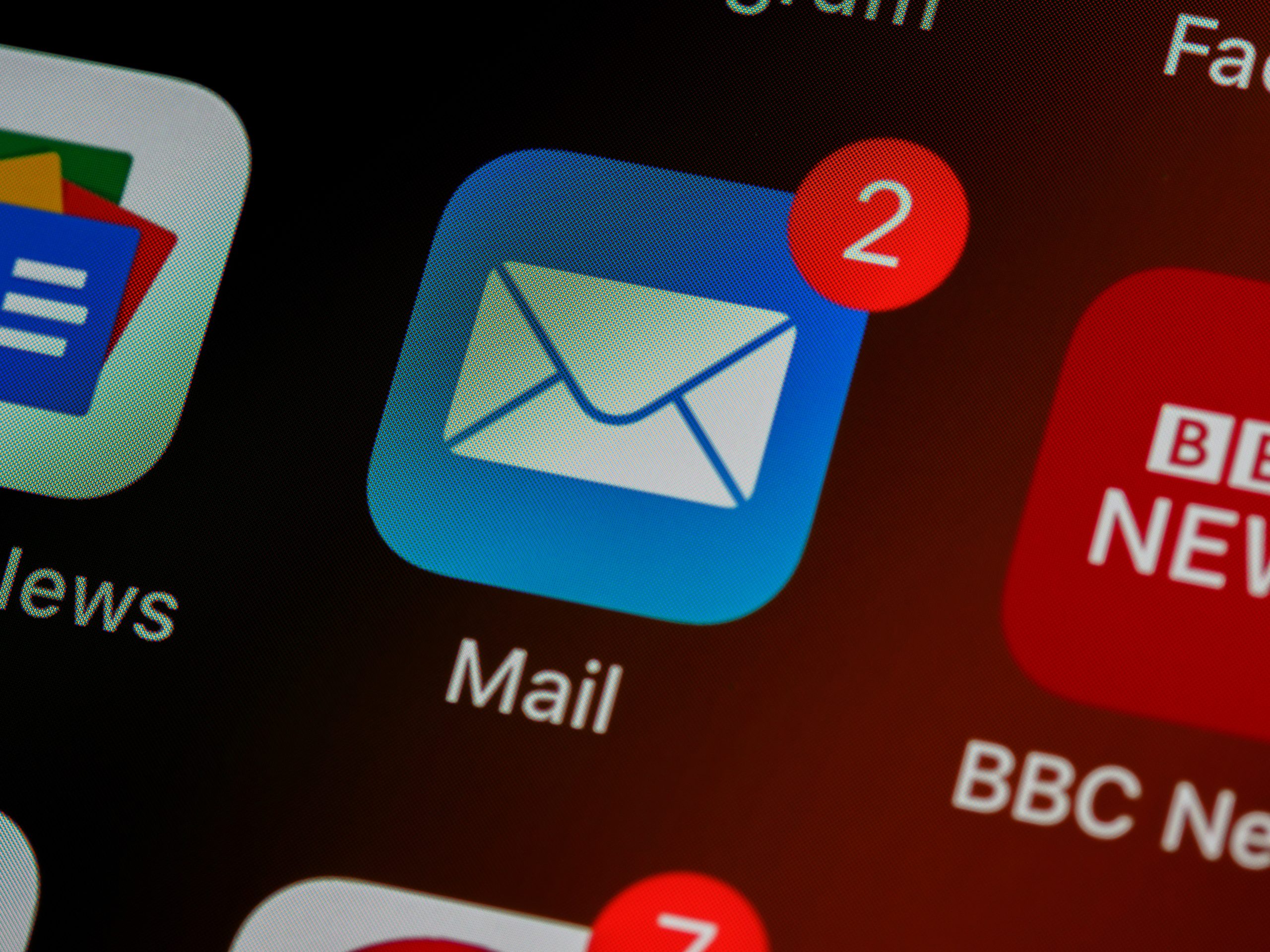23 Feb How to Avoid These 6 Email Faux Pas

By: Megan Jones
Emails are the most common way to communicate with our colleagues, clients and customers. With so much practice, we may forget the common rules when it comes to emails or if you are new to the working industry you be unfamiliar with email etiquette. Here is a refresher on email etiquette and how to avoid these 6 common email faux pas.
What is an Email Faux Pas?
An email faux pas are instances in an email that are taboo or “inappropriate” to do when sending an email. They may not be violating company policy, but it would be unadvised to incorporate in any email you send.
6 Common Email Faux Pas
Informal Writing/Texting Language
Your emails should remain professional, especially when talking to colleagues and clients. Avoid using abbreviations or altered language. All emails should avoid texting language, such as: gtg, ttyl, wbu (and the list goes on). Additionally, you should avoid abbreviating your language such as changing because to bcuz. It comes across as unprofessional and could be considered inappropriate to your company’s culture.
Personal Emails
Personal emails may be against your company’s policy. You should avoid sending or forwarding personal documents to your work devices. Additionally, forwarding any information from your work email to your personal email may be against company policy, because it evades confidentiality.
Sending Emails to Incorrect Recipients
This may have happened to all of us once before, but when sending emails (especially confidential or privacy documents) ensure you are sending to the correct recipient. Sharing information to the incorrect recipient can be disastrous. Moreover, sending an email to the incorrect contact, may lead to misunderstandings or confusion to the recipient or yourself. Whenever sending an email double check that you are sending to the correct person. And if you did send an email to the incorrect recipient, take the appropriate corrective actions immediately.
Sending Reminders
After sending an initial email avoid sending reminders too quickly. There are email icons, to allow the recipient to know if an item is low or high priority. If an email is important, let the recipient know. However, after sending an email you should be respectful of the recipient’s time. They will respond as soon as they are able. If you must, follow-ups are appropriate after a week to two weeks. But prior to that may infringe on the recipient’s time and be considered inconsiderate of the recipients time.
Addressing Unnecessary Recipients
In some emails, copying recipients or managers may be unnecessary. We all spend a lot of time drafting, sending and reading emails throughout our day. We do not need to spend any more time reading emails that do not pertain to our area of expertise or department or our team. Avoid adding managers (unless necessary) or copying individuals who do not need to be apart of the email thread. Moreover, when receiving an email that is addressed to multiple recipients, consider if you need to “reply All’. Ask yourself, if all recipients need to know the new information you are providing or only the person who sent the initial email.
Length
Again, we all receive numerous emails throughout the day, and personally I appreciate emails that are straight forward. Long subject lines or lengthy emails can be time consuming and difficult to read. Keep the information, informative and to the point. This aids in getting a faster response time, and the recipient is more likely to retain the contents of the email. Moreover, the subject line should accurately describe the contents of the email. Making it too short or too long may make the message unclear to the recipient.
Although these are all important instances to avoid, they do happen. If they do take the appropriate action and move forward. Happy sending and we know your next email will communicate your utmost professionalism in the workplace!



